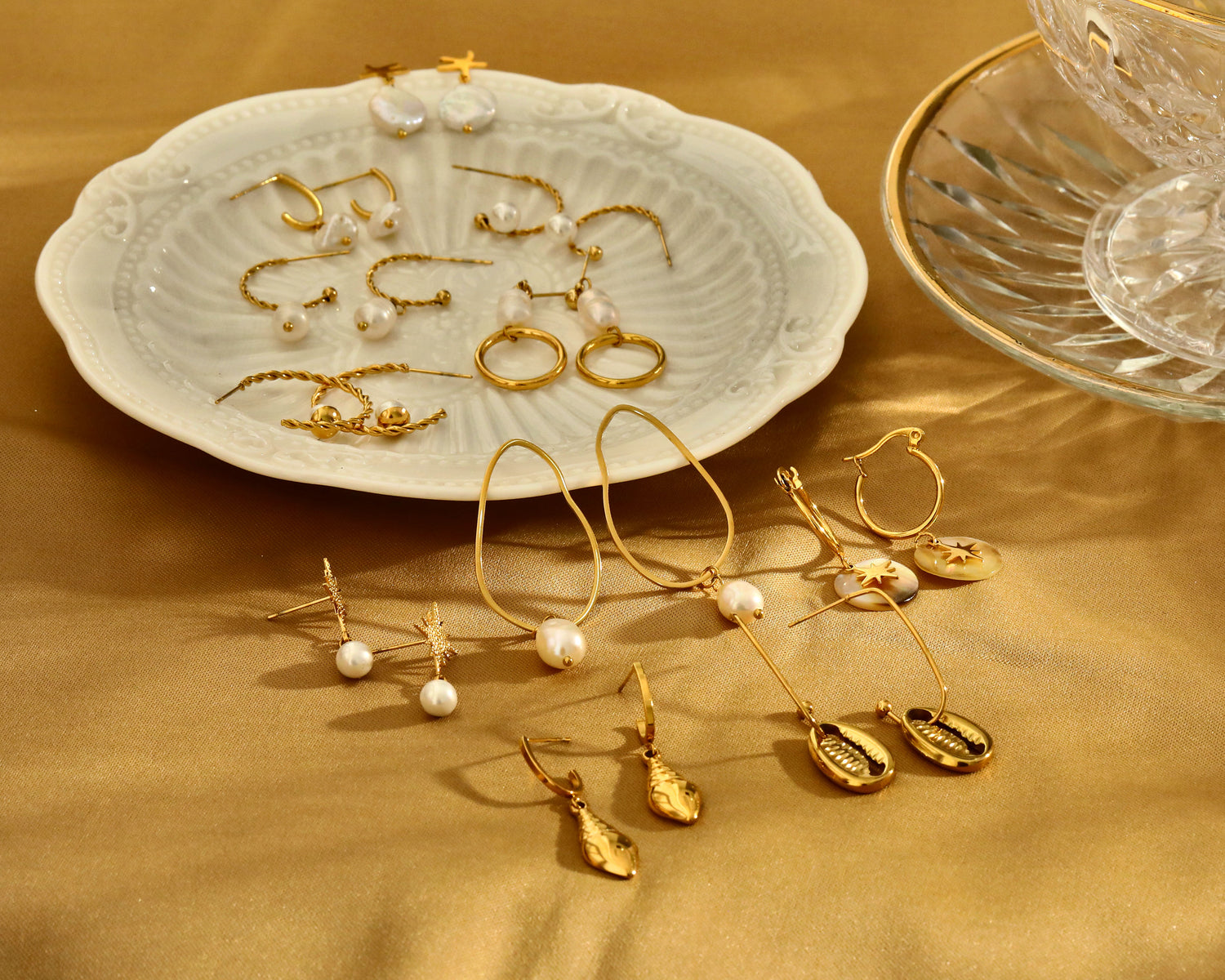AMETHYST Stone

Amethysts are not only admired for their beauty, but are sought after for their healing properties as well. The ancient Greeks believed amethyst gems could prevent intoxication, while medieval European soldiers wore amethyst amulets as protection in battle in the belief that amethysts heal people and keep them cool-headed. Beads of amethyst were found in Anglo Saxon graves in England.
The name amethyst derives from the ancient Greek word amethustos, meaning sober. It was said that an amethyst could prevent the bearer from becoming excessively drunk and also instills a sober and serious mind.
For centuries, amethysts have been thought to be an excellent remedial for many ailments. Hundreds of years ago, the amethyst was moistened with saliva and rubbed on the face to banish pimples and rough skin. Today it is used in spells designed to magnify beauty. In traditional Chinese medicine, amethyst is prescribed for stomach pains and bad dreams. It may also be used for the healing of illnesses of the lungs. It is believed to help detoxify the body and can be most useful in cleansing the pectoral region. Amethysts are valuable in treating the central nervous system as well as the brain. When worn close to the body as a jewellery piece, not only are they said they alleviate a headache, but they will also help clear one's thinking process, allowing one to process information more efficiently. It is believed to loosen blocks in the mind where mental functioning has become confused and undirected, and frees the way to clearer thinking. They are also believed to help people who suffer from a faulty memory.

